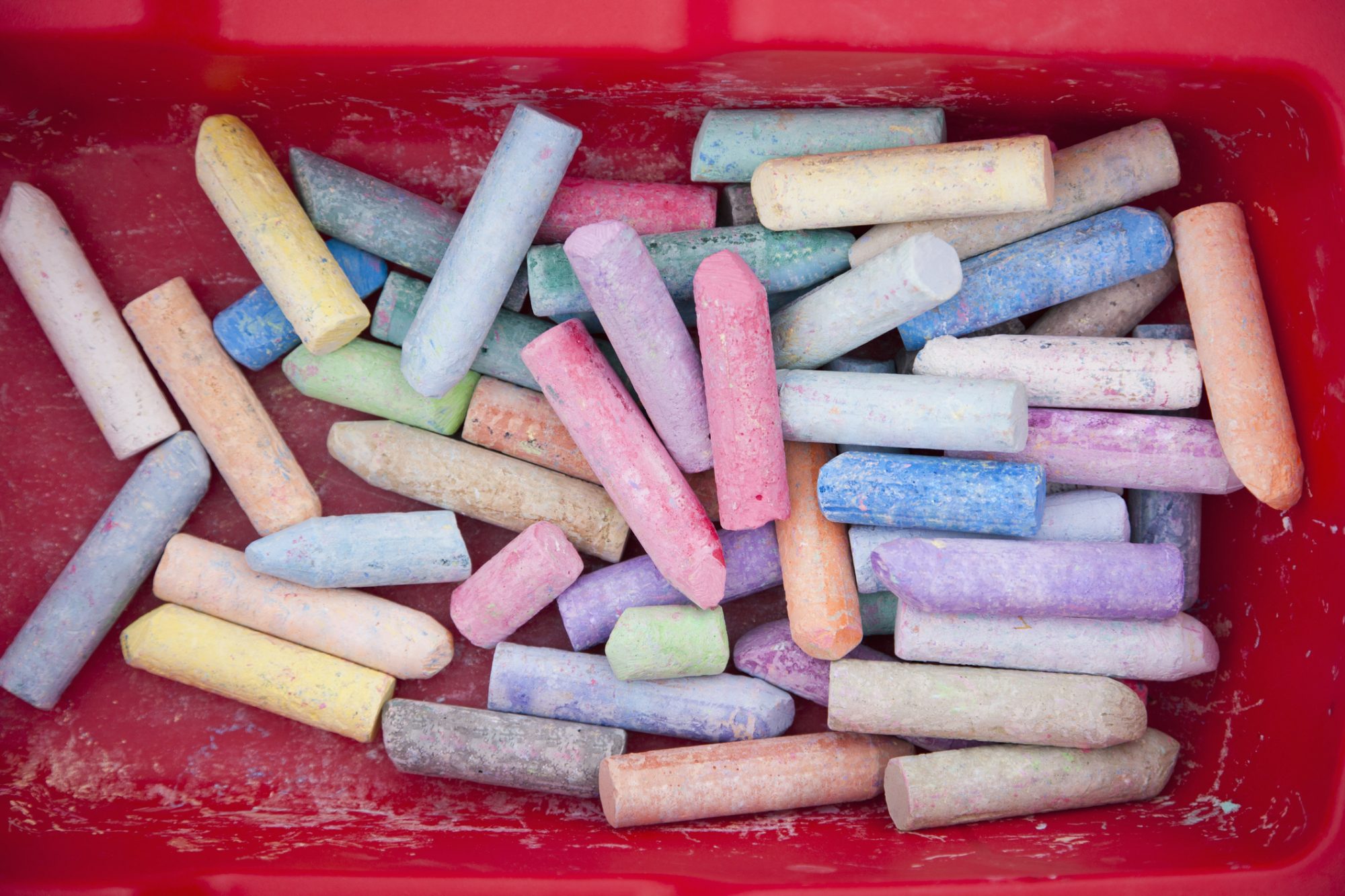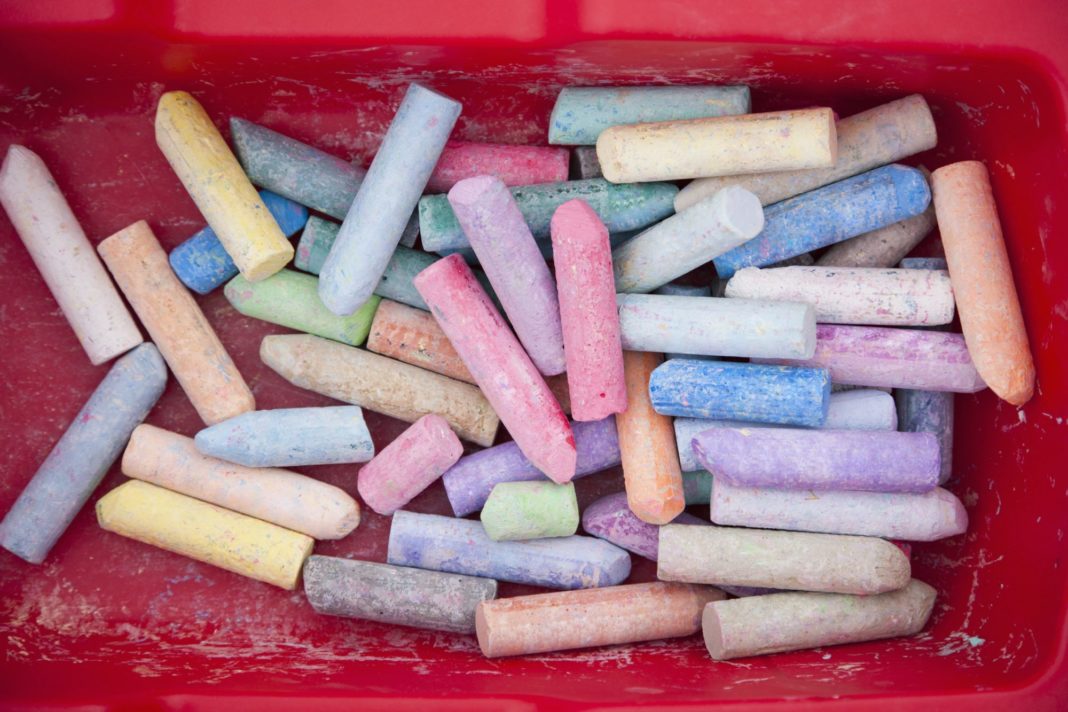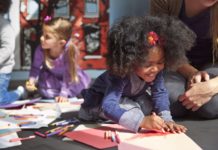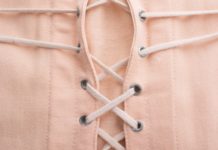
My daughter will be 3 in October, and I can count on one hand the number of toys I've bought her. This isn't to say she doesn't have toys practically overflowing from the toy box my dad built her; however, all of her toys do fit in that one box. And, since before she was born, I've focused on buying as few as possible. This is a choice that was initially grounded in my desire to live with a low carbon footprint (and teach my daughter how to, too). But it's also proven to be choice that has hugely benefited my bank account—and even seems to be sparking my daughter's creativity.
Numerous studies have shown that depending on toy type and quality, having fewer overall can lead to more creative, imaginative play. It's something mom and founder of Easy Sustainable Living, Sylvia Clark, discovered firsthand with her own two children.
"I was always desperate to find things to keep the children entertained," says Clark. "I found that while lots of toys initially keeps them occupied, a few well-thought-out purchases can really capture their imagination and can be used for years."
Like so many expectant parents, I read the research about toys and a boatload of other info when I was pregnant with my daughter. At the time, I was living in an 800-square-foot apartment in the Bronx. Anytime friends or family asked what they could buy for the baby, I thanked them for asking, but then said something along the lines of, "Please don't give me more stuff."
The sentiment was partly about space. You live differently in NYC than you do in a house; who needs a baby monitor when the baby is not upstairs but merely 20 feet away? But also, I'd been writing about food and climate for nearly a decade, and my climate anxiety was higher than ever as I thought about the world my future child would inherit.
I didn't buy a single toy for my daughter when I was expecting, and requested that anyone who wanted to give a toy not buy anything plastic. The vast majority of toys on the market, after all, are plastic. They're shiny and inexpensive, nearly impossible to recycle, and get tossed away faster than items made out of, say, wood, which are more long-lasting and easier to pass on.
When my daughter's first Christmas approached, I still didn't buy anything. Instead, I paid a visit to my parent's attic and found the big stuffed teddy bear I had as a child—and regifted that to her.
Granted, I'm lucky in that way. My parents have lived in the same house since I was born; they have an attic full of stuff. And what's more, they didn't buy many plastic toys for my siblings and me as kids. Instead, their attic is full of board books, stuffed animals, and wooden toys such as train sets, building blocks, and more. There's something magical about watching my daughter play with things that were ours.
"When you give your child the space to dream about earning and owning a very special possession, you also encourage them to aspire and learn coping skills. You also give them the space to create," explains mom and host of The Sustainable Minimalists Stephanie Seferian.
This isn't to say I shun everything new. When my daughter's first birthday approached, I knew my family and friends would want to mark her first trip around the sun with gifts—many of them toys. So I let them, gently reminding them to stay away from all things plastic.
But when we moved, mid-pandemic, I took not buying toys one step further. I decided not to buy anything.
I didn't want to buy things for so many reasons: I wasn't able to shop local because all the stores were closed during quarantine, I didn't want to set foot inside a Big Box store, I wondered how ethical it was to ship a sweatshirt in a pandemic, whether that was even "essential"…the list goes on. I asked a few friends what they had in their attics and basements, and they responded with: sweatshirts, rain boots, more wooden puzzles than the library probably has, and more. It wasn't until May of 2020 that I bought my child's first toy: a set of chalk.
"Limiting toys is one of the best things parents can do for kids and themselves," parenting coach and owner of I'm With Holly, Holly Nordenberg, tells Parents. "Kids with fewer toys thrive. They actually play with their toys because they aren't overwhelmed by the choices. Kids with too many toys tend to get every toy out, then play with none of them."
Meanwhile, "parents benefit from toy minimalism in a couple of ways," Nordenberg continues. "First, clutter is one of the biggest anxiety-inducing issues of parenthood. If there are fewer toys, there's less anxiety. Second, their kids exhibit less attention-seeking behavior because they can entertain themselves with their toys! As a bonus, parents who practice toy minimalism spend less on toys."
Saying no to consumerism can be incredibly difficult, especially when it's so easy to push a button and have whatever you want delivered to your doorstep. Still, it's become such a routine for me at this point that, while I did briefly dream up lists of all the toys I could buy when things started opening again in 2021, it had become such a habit to say no that I had no problem continuing to do so.
Here are four tips so you can start buying less, too.
- Master saying no to plastic. If you stop buying plastic toys, your options are immediately limited.
- Let it simmer. If you think your child needs that new toy that your friend down the street has for her son, or if your child is asking for something, don't go out and simply buy it off the cuff. Instead, give it a week. Is your child still asking for it? Do you still remember you wanted to get your child that toy?
- Consider your options. It's been a week, and you still think your kid needs that toy. Okay: How else can you get it? Can you ask a friend or neighbor? In the past year, I've gotten sleds, fishing nets, and more from friends. What about posting in your local Buy/Sell group on Facebook, or hitting up Craigslist?
- Buy used. And speaking of: Facebook Marketplace, Craigslist, Ebay, Mercari, and other online sites are often great places to find high-quality used toys at a lower price.
































